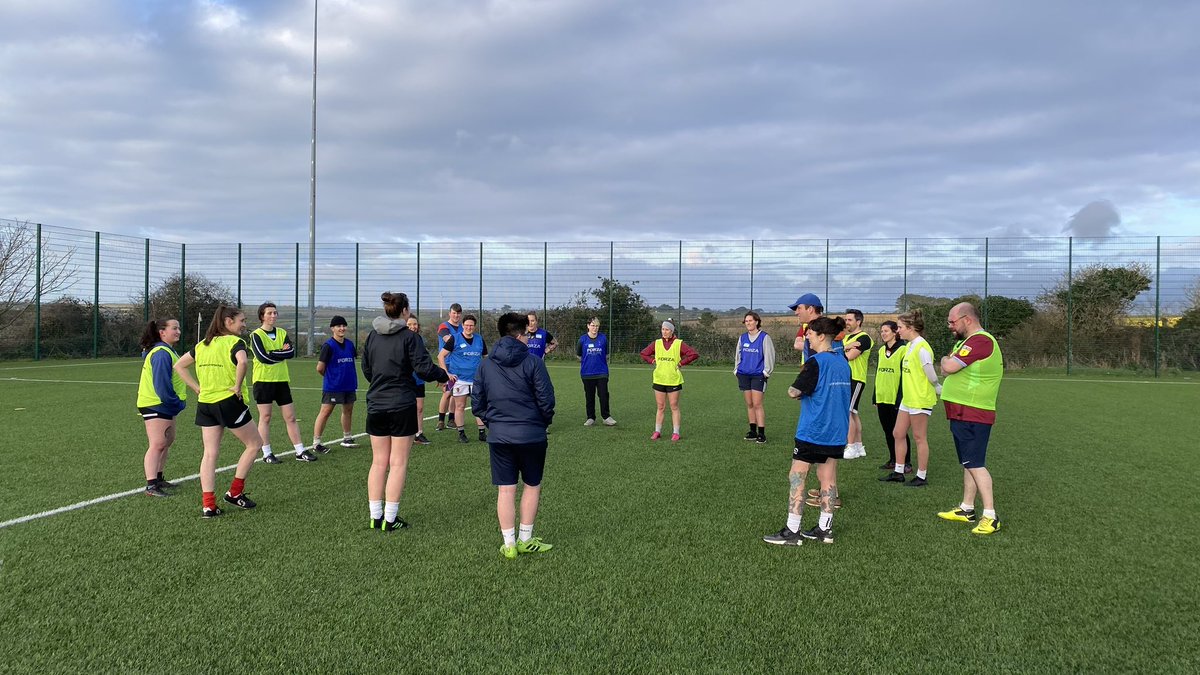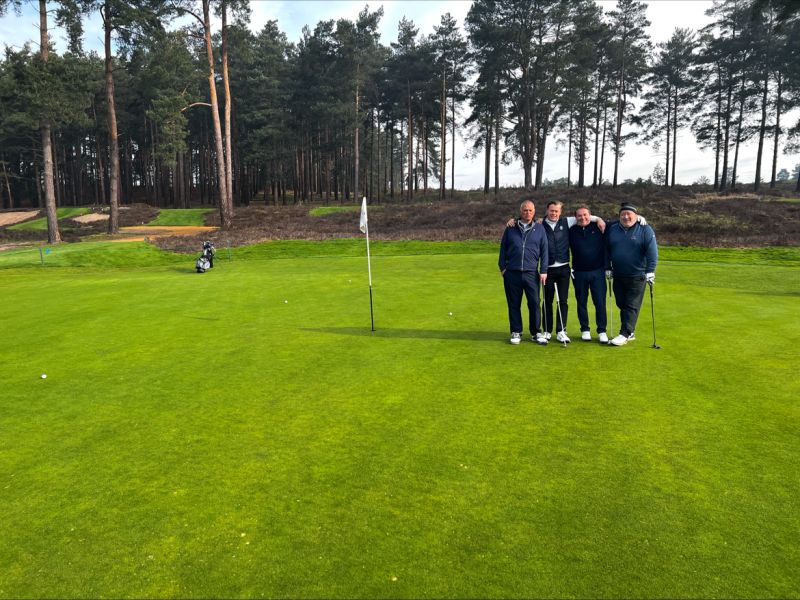Technology has advanced substantially; artificial grass looks almost exactly like natural grass while offering numerous advantages; here, we explore its benefits, maintenance requirements, and eco-friendliness in depth!
Benefits of Artificial Grass:
Artificial grass offers several advantages for both homeowners and property managers alike. Chief among these is its durability; it is designed to withstand high foot traffic making Pride Sports artificial grass an excellent option in areas such as playgrounds, sports fields, and backyards with heavy usage. Furthermore, artificial grass requires little upkeep, making it a cost-effective alternative to natural grass that needs constant attention, such as watering, fertilizing, or cutting, saving both time and money compared to its counterpart.
Maintaining Artificial Grass:
While artificial grass requires far less maintenance than its natural counterpart, some upkeep must still occur for it to look its best. For optimal appearance maintenance and to prevent mold or bacteria growth, professional cleanings every 2-3 years are recommended to keep grass looking its best and protect its appearance against potential mold/bacterial growth. Regular brushing of its blades to keep them standing upright and remove any debris accumulating on its surface is also vital; periodic rinsing with water helps remove dust or dirt build-up that accumulates on it and maintain clean appearances remove dust build-up on surfaces.
Eco-Friendliness:
Many are concerned with the environmental ramifications of using artificial grass; it’s important to remember that artificial turf is more environmentally-friendly when compared with its natural counterpart, given water usage requirements in dry or drought-prone regions and the use of pesticides and fertilizers that leach into groundwater sources compared with its sustainable and eco-friendly alternative of artificial grass requiring no such resources or hazardous substances for maintenance. In comparison, natural grass requires large quantities of water consumption along with harmful fertilizers/pesticide use, which leaches into groundwater sources over time, while its maintenance requires substantial amounts of water consumption while harmful fertilizers/pesticides/pesticide use. In contrast, artificial grass requires neither resources, making its maintenance sustainable and eco-friendly.
Creative Uses for Artificial Grass:
Artificial grass can be utilized innovatively to add style and value to a property’s landscaping, such as creating low-maintenance gardens or adding color pops on balconies and terraces. Furthermore, artificial grass makes an excellent covering of unsightly concrete or asphalt surfaces and provides attractive outdoor living areas; indoor spaces benefit significantly as an eco-friendly flooring alternative that looks natural yet comfortable underfoot!
Conclusion:
Artificial grass has come a long way since its debut and revolutionized landscaping. As it offers multiple benefits, it has quickly become one of the more sought-after choices among landscape designers and property managers. Due to its low maintenance requirements and eco-friendliness, homeowners and property managers now widely prefer artificial grass for outdoor and indoor spaces.


